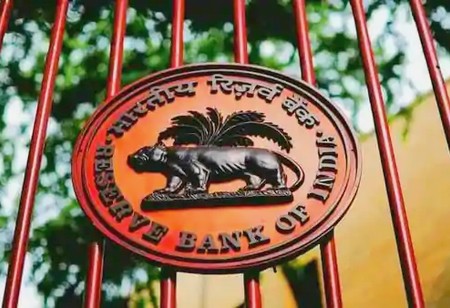
RBI Rolls Out 'On Tap' TLTRO worth Rs. 1 Lakh Crore to Support Five Economic Sectors


The central bank of India, Reserve Bank of India (RBI) has finalized the on tap long term repo lending (TLTRO) for Rs. 1 lakh crores where funds could be invested even in less than investment grade debt unlike the previous such special liquidity measures and in five sectors including Agriculture, Agri-infrastructure, Healthcare, Secured Retail, and MSMEs (Micro, Small and Medium Enterprises).
“It has been decided to conduct On tap Targeted Long-term Repo Operations of up to three years tenor for a total amount of up to Rs. 1,00,000 crore at a floating rate linked to the policy repo rate,” the central bank said in a release. “Investments made by banks under this facility will be classified as held to maturity (HTM) even in excess of 25 percent of total investment permitted to be included in the HTM portfolio. All exposures under this facility will also be exempted from reckoning under the large exposure framework (LEF),” added RBI.
Banks will avail cash under this dedicated plan only to deploy through corporate bonds, commercial papers and non-convertible debentures. Such debt securities will be issued by companies from those five sectors. Liquidity availed under the scheme can also be used to extend loans to those companies. A part of the market believes that this move may send bond yields of non-triple-A rated companies higher pulling prices down. At the same time, it is expected to raise demand for securitized loan portfolios with yields on those products dropping. Investments made by banks under this facility will be classified as held to maturity (HTM) even in excess of 25 percent of total investment allowed to be included in the HTM portfolio, the central bank said.
Idea behind TLTRO
LTRO is a tool that allows banks to borrow one to three-year funds from the central bank at the repo rate. It is called ‘Targeted’ LTRO when the funds are specifically invested in investment-grade corporate debt. RBI came up with the idea of Targeted Long Term Repo Operations (TLTRO) to help the businesses facing liquidity crunch such as NBFCs. Because of the moratorium given due to the pandemic, several NBFCs have not received payments for months, but they have to pay to their respective banks from where they have borrowed. As RBI cannot directly give money to these firms, it lends it to the banks and in turn forces banks buy the bonds of these firms.
All banks eligible under the Liquidity Adjustment Facility (LAF) can participate in the scheme. Liquidity availed by banks under the scheme has to be deployed in corporate bonds, commercial paper and non-convertible debentures issued by entities in the five sectors - over and above the outstanding level of their investments in such instruments as on September 30, 2020. “Liquidity availed under the scheme can also be used to extend loans and advances to these sectors,’ RBI added.